Beastly Academy Awards: Stars of the Animal Kingdom

Movie stars will soon be walking the red carpet to win (or lose) Academy Awards. But why should humans have all the fun? We've translated Oscar categories into superlatives for the furry animals, creepy insects and other organisms that share our planet. Who will win best costume? What about best makeup? Read on for our animal "celebrity" winners.
Best Visual Effects
This award goes to the animal that makes the biggest spectacle of itself with bioluminescence or other impressive talents.
Nominees: The glowing squid Taningia danae; the toothy and luminous Blackdragon fish; and the amazing transparent octopus Japetella heathi.
And the winner is… Japetella heathi. This deep-sea octopus possesses the amazing ability to switch from transparent to opaque and back again. In regular conditions, the octopuses are see-through, perhaps to prevent themselves as being seen as a dark silhouette against the ocean surface. But when bioluminescent light hits them, they instantaneously become pigmented, preventing a mirror-like glare from alerting potential predators to their existence. Well-played, J. heathi. Please limit your acceptance speech to 45 seconds.
Best Sound Mixing
This technical prize goes to the animal that really brings it in the sound department.
Get the world’s most fascinating discoveries delivered straight to your inbox.
Nominees: The water boatman, for its incredibly loud genitals; the rumbling California mantis shrimp; and the Emei music frog, for her beautiful love songs.
And the winner is ... The water boatman. This itsy-bitsy insect is the loudest creature on Earth relative to body size, and boy does he pull it off in the weirdest way. Male water boatman rub their genitals against ridges on their bodies to produce mating songs that rival in loudness listening to an orchestra from the front-row seat. Truly an award-winning feat.
Best Sound Editing
This award goes to the animal with the all-around coolest call.
Nominees: Barking piranhas, for their species-bending approach to communication; Dolphins sleep-talking in foreign tongues; and the lion, for its grating, effortless roar.
And the winner is ... the dolphin. These marine mammals go the extra mile by mimicking the sounds of other species. Recently, a group of captive dolphins in France was caught sleep-talking in the language of whales — a language they'd only heard played on recordings at their aquatic theme park home. We assume they're getting into Method acting.
Best Music
This award goes to the animal with the most melodious call.
Nominees: The Philippine tarsier (we're sure its ultrasonic calls sound pleasant to its own kind); the crooning Emei music frog; and the humpback whale.
And the winner is ... the humpback whale. It's a tough call, but the haunting music of humpback whales takes the Animal Academy Award. The whales are amazingly diverse, with different populations singing distinct songs. The songs also follow grammatical rules to convey information.
Best Makeup
This award goes to the creature that can best alter its appearance to blend in.
Nominees: The black-marbled jawfish, for its ability to mimic an octopus that mimics a fish; the land snail Napaeus barquini, for its do-it-yourself application of camouflaging lichen; and the cuttlefish, which can mimic both the color and the texture of its surroundings.
And the winner is ... the black-marbled jawfish. We love the multidimensional portrayal of a mimic mimicking a mimic. And whose heart wouldn't be melted by the plucky little underdog jawfish finding a way to venture out of his burrow without fear of predators?
Best Costume Design
This award goes to the flashiest, most colorful animal around.
Nominees: The poison dart frog, which has evolved brilliant neon skin to warn predators of its toxicity; the peacock, for reasons both obvious and iridescent; and the harlequin shrimp, for its clownlike colors and extra frills.
And the winner is ... the harlequin shrimp. These pretty predators are popular for aquarium enthusiasts, but their diet makes keeping them in captivity tricky: The shrimp eat only starfish. And they eat them alive. Sometimes over a period of weeks. Let's move on to the next category, shall we?
Best Supporting Actor/Actress
This award goes to the animal with the weirdest group behavior.
Nominees: Guppies, for their Jerry-Springer-worthy "girl fights" over males; diving beetle sperm (yes, we know, technically not an animal!), for their creepy ability to join together to navigate the female reproductive tract; timber rattlesnakes, for their heretofore unknown snuggly behavior.
And the winner is … snuggly snakes. Rattlesnakes seem like the standoffish sort, but new research suggests that they're actually more sociable than expected, clustering with their kin. Rattlesnake family reunion, anyone?
Best Actor
This prize is for the best male mating display.
Nominees: The always over-the-top peacock, for his garish feather displays; the hilarious houbara bustard, for their wild mating runs, which have them flinging a shield of white feathers over their faces and scampering around blindly; and the marvelous Spatuletail hummingbird, which whirls its long tail in circles to impress the ladies.
And the winner is … the houbara bustard. Tough competition for this one, and the Animal Academy doesn't usually reward comedy, but the houbara bustard gives it his all for this win. Plus chest features are totally in this year.
Best Actress
Though females aren't usually as flashy as males in the wild, this award goes to the female animal that puts on the best mating display.
Nominees: Female butterflies, which, if raised in cool temperatures, take it upon themselves to pursue males for mates; Wilson's Phalaropes, which switch the usual sex roles and put on flashy courtship displays to snag guys; and the bonobo, for whom sex is an anything-goes group activity.
And the winner is ... the Wilson's Pharlarope. Females in this species of shorebird show up at breeding grounds first and puff up their feathers to lure in mates. Once they snag a guy, they defend him zealously, protecting a territory around the nest where he cares for their babies.
Best Picture
The most prestigious award of the bunch goes to the creature that's provided the wildest story of the year.
Nominees: Zombie ants, who capitalize on zombie-mania when attacked by a mind-controlling fungus; the glowing millipedes of the genus Mytoxia, who sweat cyanide to ward off predators; and the Cyclops shark, a malformed dusky fetus whose look mixes grotesque and cute in equal measure.
And the winner is ... the Cyclops shark. Millipedes and ants are forever, but this weird fetus is one-of-a-kind, or at least very rare. Considering that the fetal shark is very unlikely to have survived outside the womb, the least we can do is offer it a nice posthumous statuette — and, of course, the obligatory Academy Award memorial reel.
You can follow LiveScience senior writer Stephanie Pappas on Twitter @sipappas. Follow LiveScience for the latest in science news and discoveries on Twitter @livescience and on Facebook.

Stephanie Pappas is a contributing writer for Live Science, covering topics ranging from geoscience to archaeology to the human brain and behavior. She was previously a senior writer for Live Science but is now a freelancer based in Denver, Colorado, and regularly contributes to Scientific American and The Monitor, the monthly magazine of the American Psychological Association. Stephanie received a bachelor's degree in psychology from the University of South Carolina and a graduate certificate in science communication from the University of California, Santa Cruz.


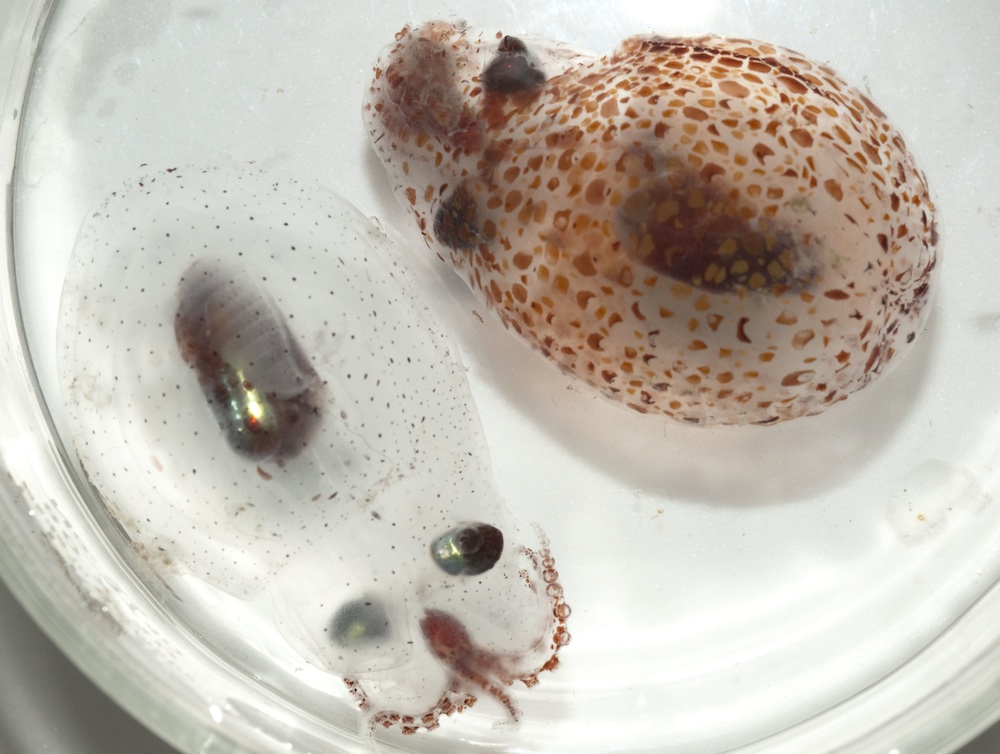
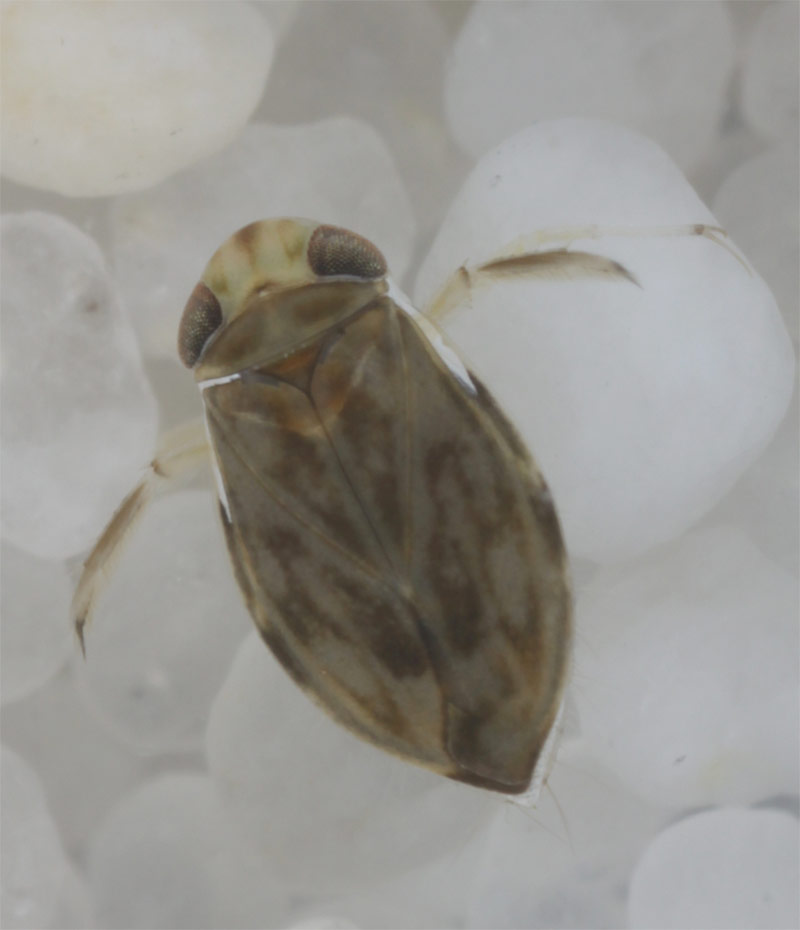

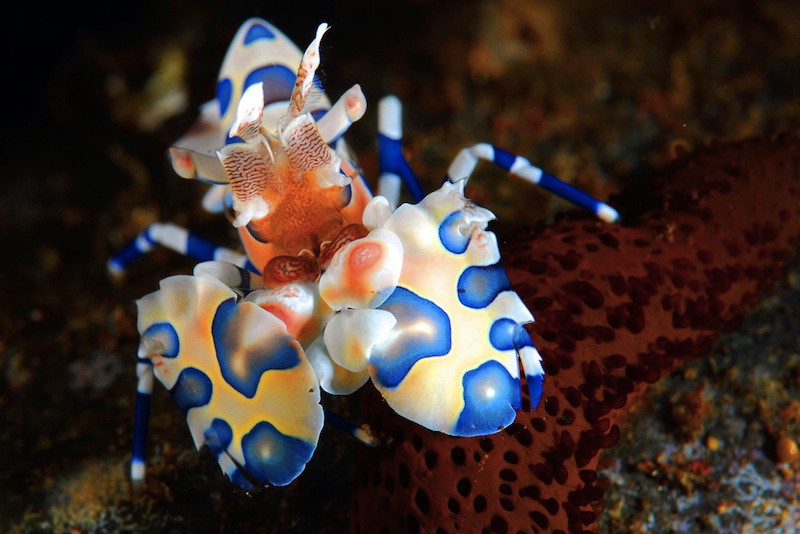
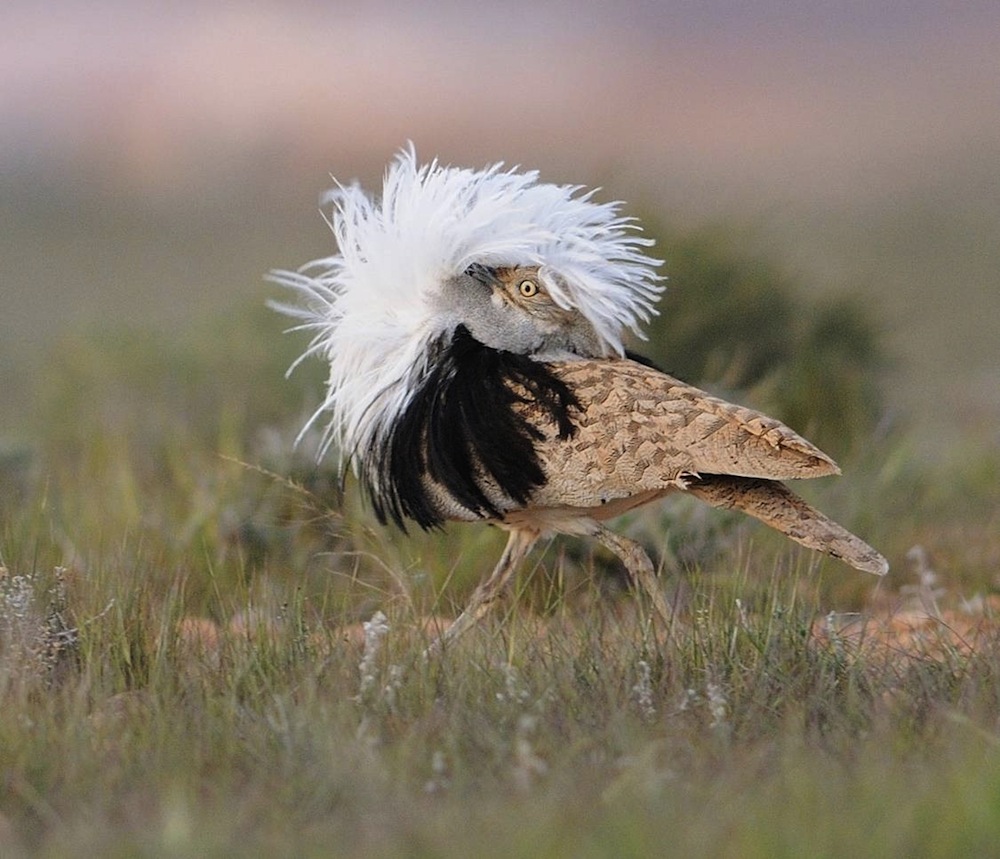
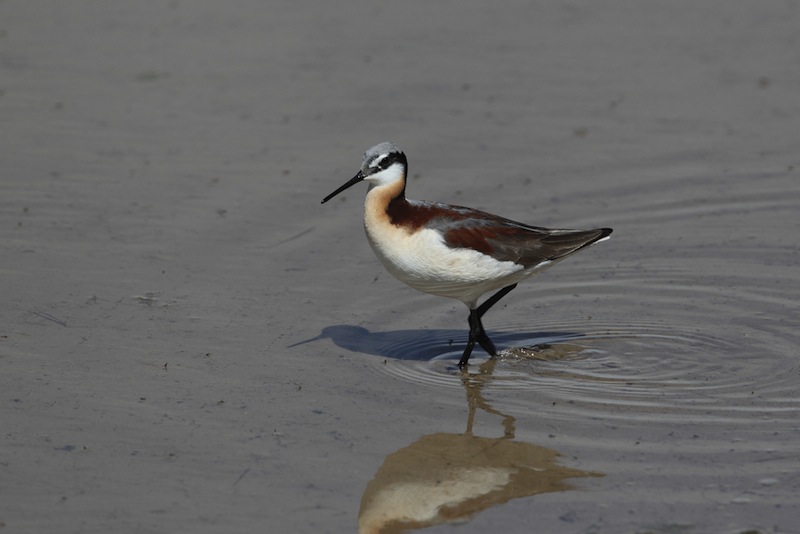
![The fisherman who caught the shark is keeping his specimen. [Read full story]](https://cdn.mos.cms.futurecdn.net/2pZtpLtwDuWBSUZU7QKE4B.jpg)
